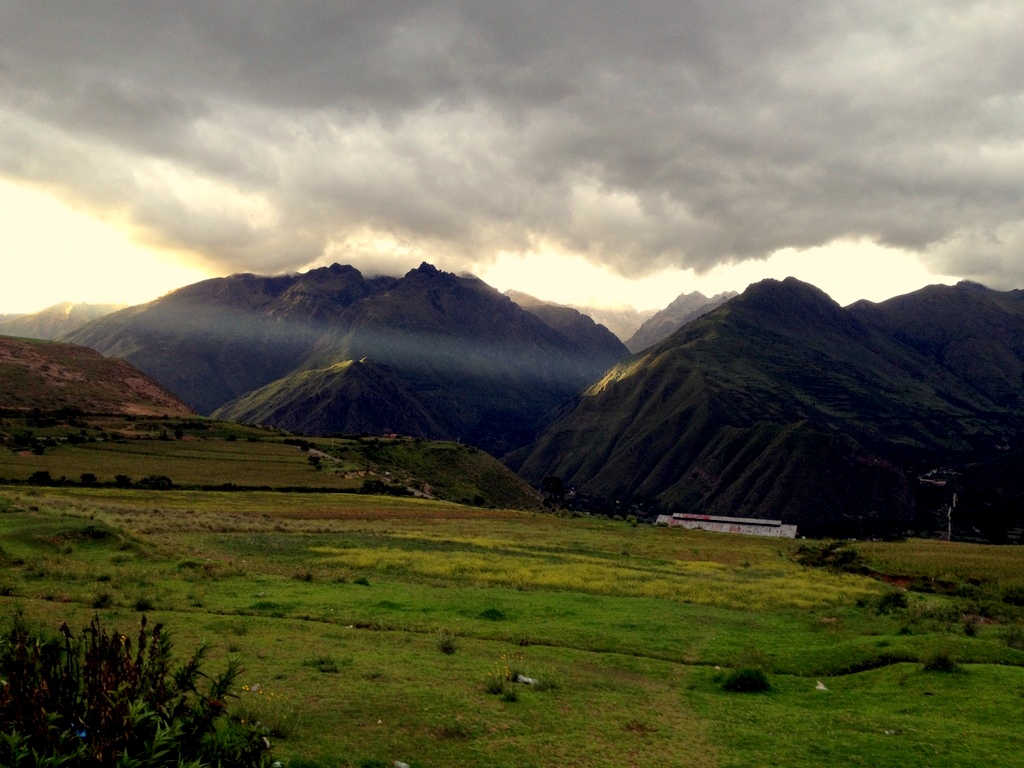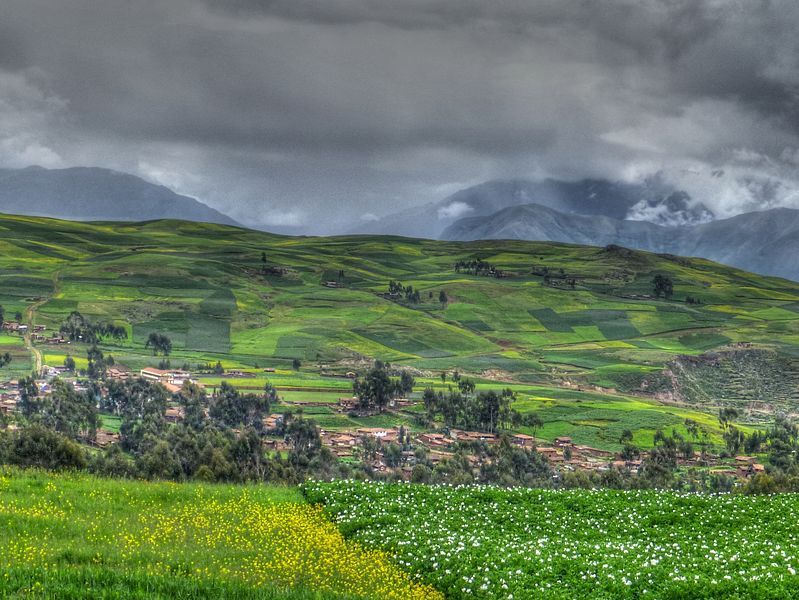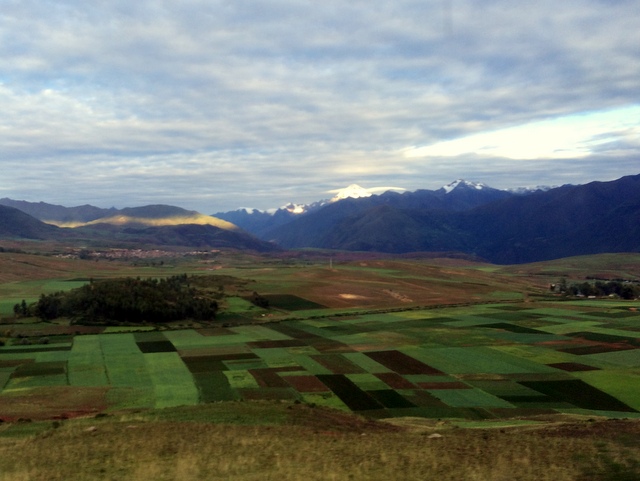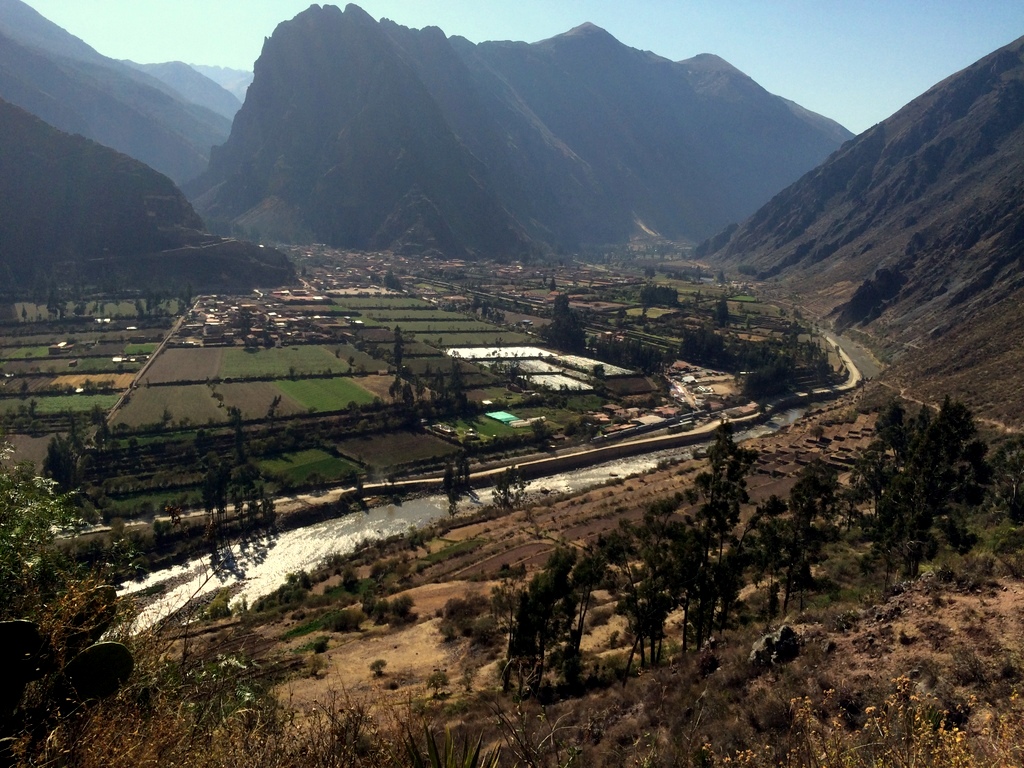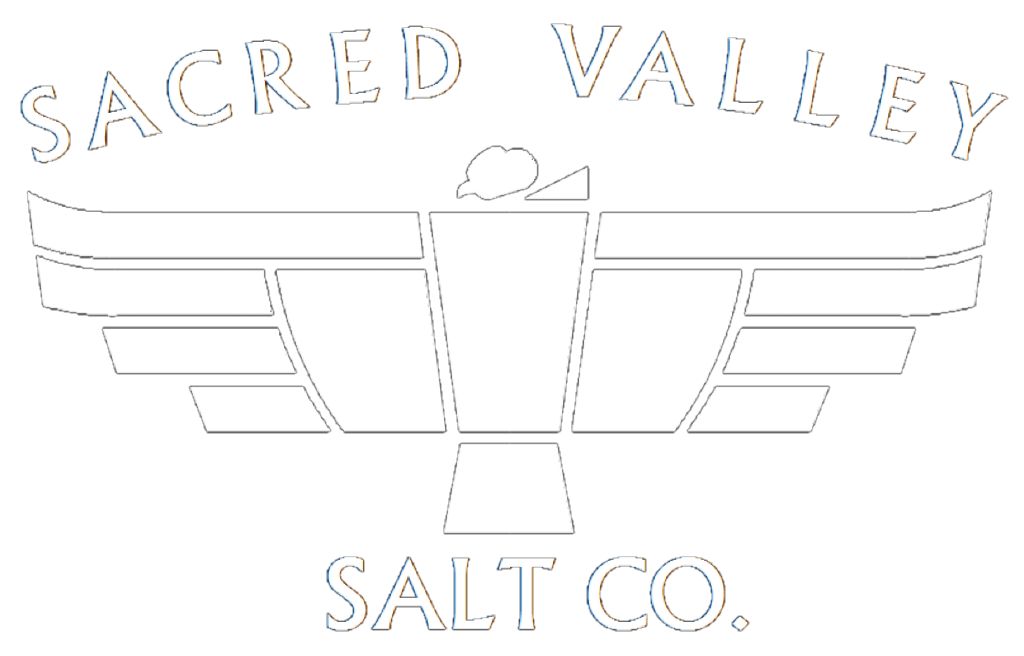Walk into an average natural foods store, and you’ll encounter many a product label lavishly employing such terms as “enchanted,” “spiritual,” “mystical,” “aura,” “kharma,” and so on. Far be it from us to judge, but for our part, we don’t really think salt possesses the requisite level of sentience to merit association with such enlightened wording. Still, read our website, and this “Sacred Valley” term keeps popping up everywhere, sounding suspiciously like a phrase worked up by a marketing firm.
Never fear, it’s legit. The Valle Sagrado de los Incas (Sacred Valley of the Incas) is simply the name that’s been used to refer to a particular region of Peru for the past several hundred years, ever since the Incas started viewing it as, well…sacred.
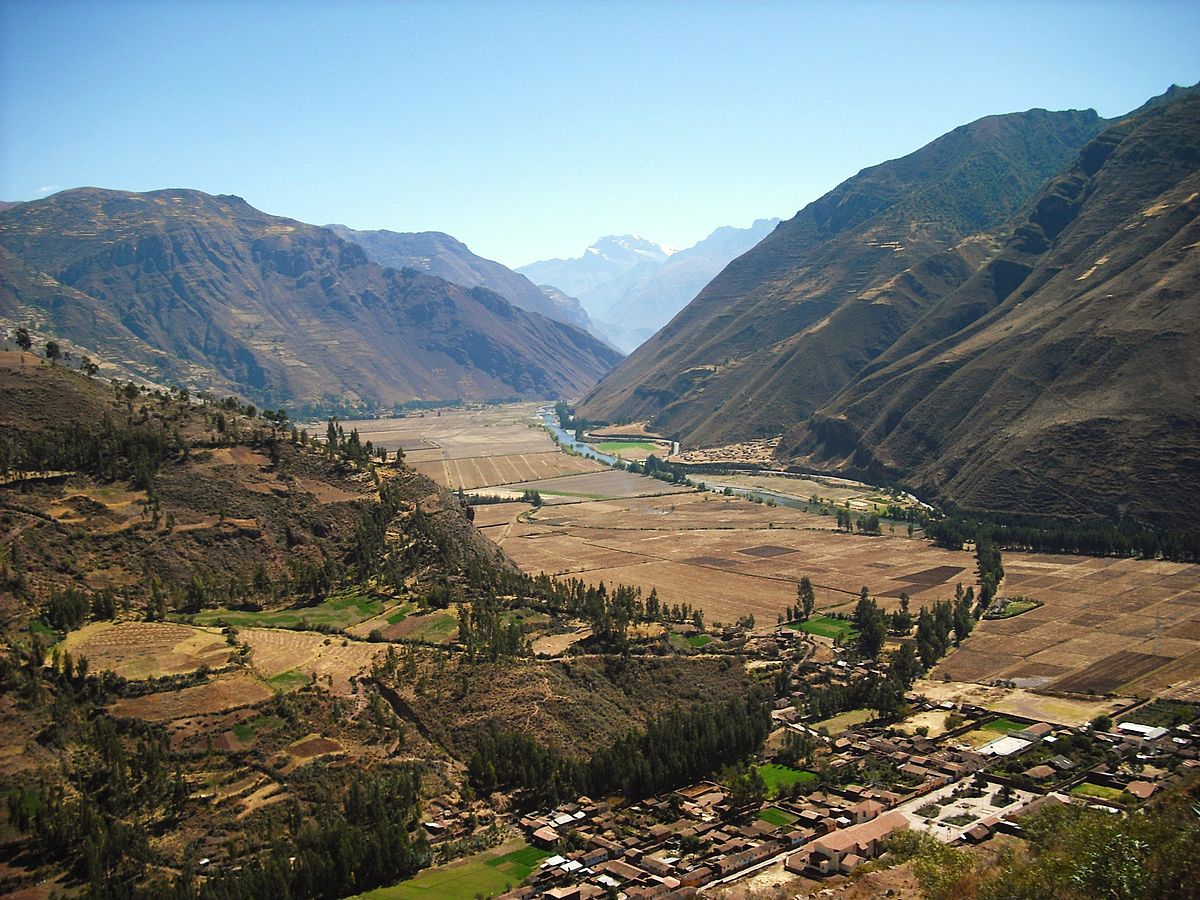
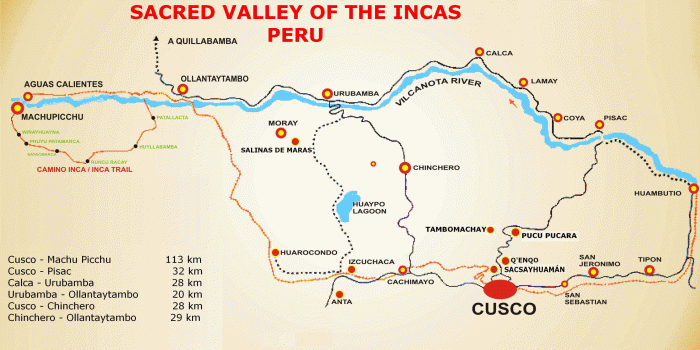
The map above gives a good, simplified overview of the general area. In general, the Sacred Valley Region refers to what you see on this map, the heartland of the Inca Empire. This includes many areas that are not technically in the valley itself. The ancient Inca capital of Cusco, for example, is in its own valley, separated from the Sacred Valley by a mountain pass. Likewise, the spectacular ruins of Machu Picchu are perched on the side of steep mountains which descend into a narrow gorge. There is no valley in the immediate vicinity.
The Sacred Valley proper refers to a stretch of the the river known as the Urubamba, the Vilcanota, or the Willkamayu, depending on where you are and whom you talk to. In Quechua, Willkamayu means “sacred river.” This stretch of river, shown in a Google Earth screenshot, below, has flat, fertile ground alongside, a rare commodity high in the Andes.
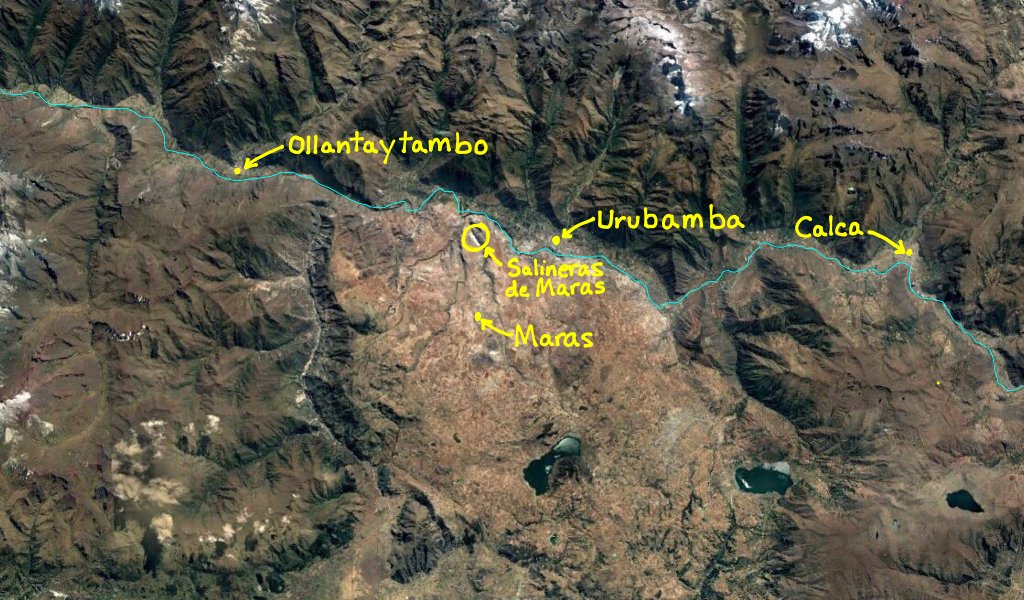
For the Inca Empire, part of what made it sacred was its fertility. It was one of the most important areas for maize production. The climate is very good for agriculture, and the ruins at Moray (look for more on this in a future blog post) seem to have functioned as an ancient government agricultural laboratory and seedling nursery. Today, in addition to maize, quinoa is widely cultivated.
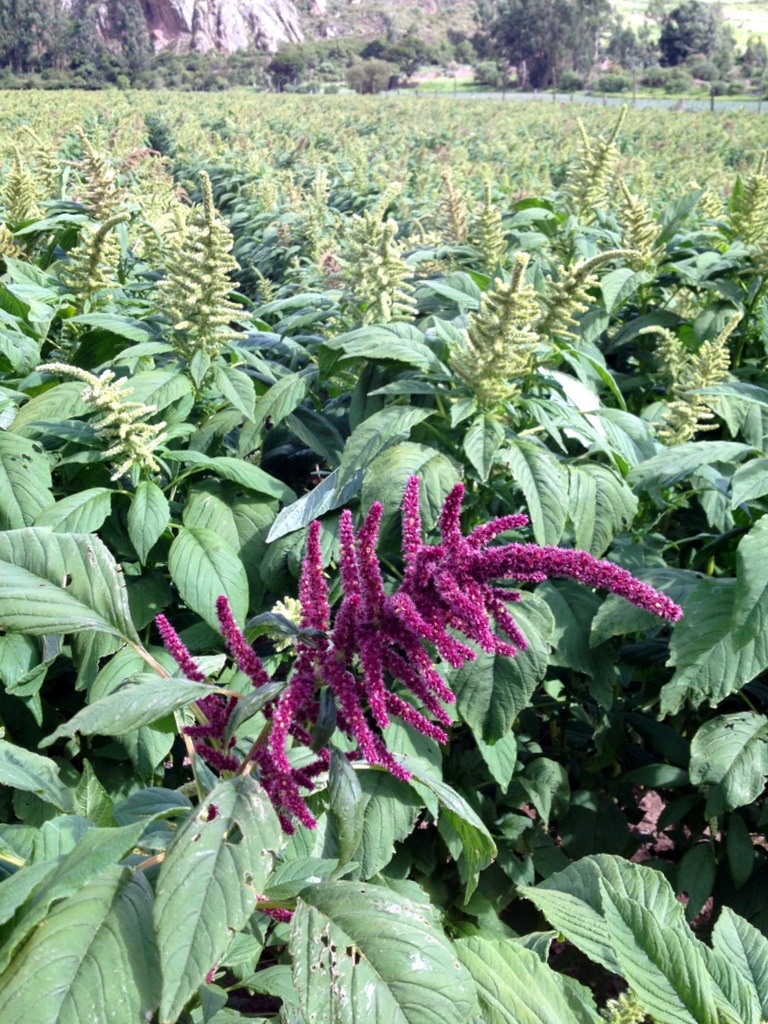
And last, but by no means least, the salt pools at Salineras de Maras were the empire’s primary source of salt.
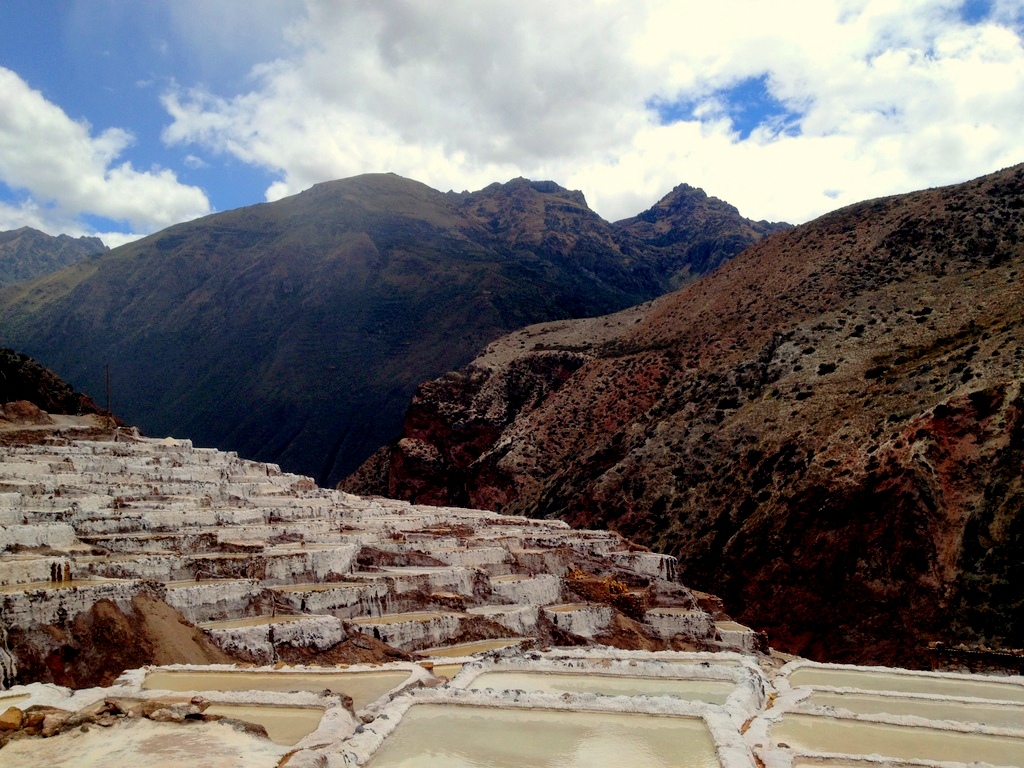
Thus, “Sacred Valley Salt” is actually a very matter-of-fact product name. Of course, we’d love for you to give this salt a try, and just to tempt you, here’s a link to purchase some.
But whether or not salt interests you, the Sacred Valley’s natural beauty is sure to impress. Here are a couple of photos to enjoy.
